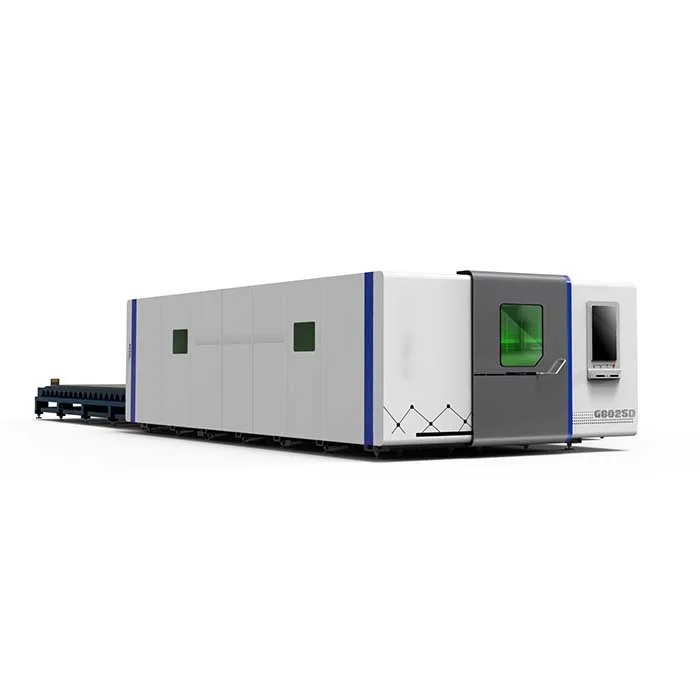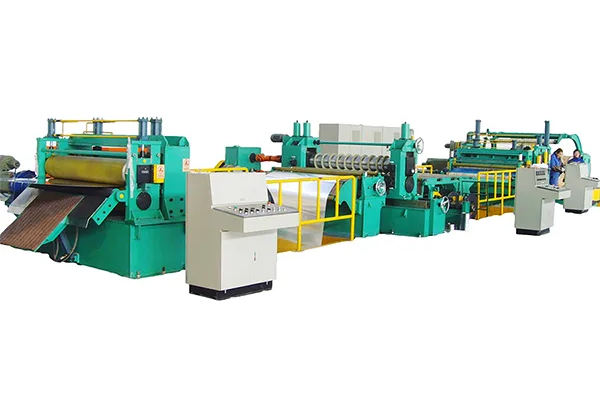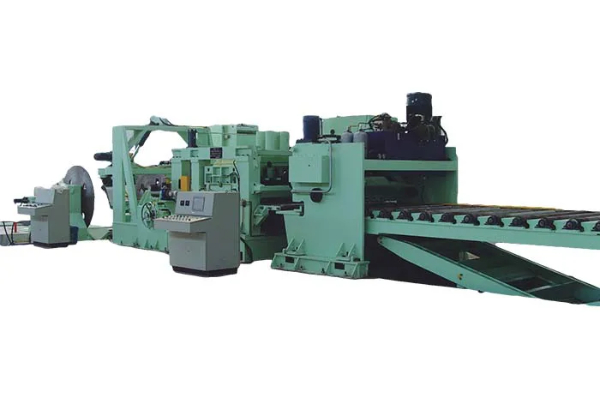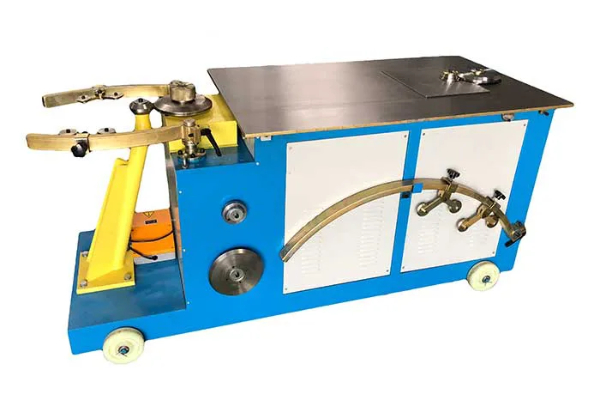
Fiber vs. CO2 Lasers- Which is Best for Sheet Cutting?
- By:Metmac
- 2024-06-06
- 202
Introduction
In the realm of sheet cutting, the battle between fiber and CO2 lasers rages on, each boasting its unique advantages. These laser technologies have revolutionized the industry, enabling precise, high-speed cutting of a wide range of materials. But when it comes to choosing the optimal laser for your sheet cutting needs, it’s essential to understand the key differences between these two cutting tools.
Fiber Lasers: Precision and Speed
Fiber lasers are renowned for their exceptional beam quality, resulting in incredibly precise cuts. Their high power densities allow for rapid cutting speeds, making them ideal for high-volume applications. Fiber lasers also offer superior efficiency, resulting in lower operating costs.
CO2 Lasers: Versatility and Flexibility
CO2 lasers, on the other hand, provide more versatility and flexibility. Their longer wavelength enables them to cut a wider range of materials, including thick metals and non-metals. CO2 lasers are also less sensitive to material reflectivity, making them suitable for cutting materials with varying surface finishes.
Applications: Comparing the Giants
For thinner materials, such as thin metals and plastics, fiber lasers excel due to their superior precision and speed. CO2 lasers, with their wider wavelength and versatility, are the better choice for thicker materials and a broader material range.
Additional Considerations
Beyond these primary differences, other factors to consider include:
Maintenance: Fiber lasers require less maintenance than CO2 lasers.
Cost: Fiber lasers tend to be more affordable to purchase but may have higher operating costs.
Footprint: Fiber lasers generally have a smaller footprint than CO2 lasers.
Conclusion
Choosing between fiber and CO2 lasers for sheet cutting depends on the specific application requirements. Fiber lasers offer precision and speed, while CO2 lasers provide versatility and flexibility. By understanding the key differences between these laser technologies, manufacturers can select the optimal solution to meet their cutting needs effectively.
-
Finding the Right Partner: Your Guide to Premium Sheet Metal Laser Cutting Machines for Sale
2025/12/23 -
METMAC: Defining Excellence Among Sheet Metal Laser Cutting Machine Manufacturers
2025/12/23 -
Unleashing Power and Precision: The METMAC Plasma Sheet Metal Cutting Machine
2025/12/23 -
CNC laser cutting machine sheet metal-Precision Redefined: The METMAC CNC Laser Cutting Machine for Sheet Metal Mastery
2025/12/23
-
Advanced Sheet Metal Rolling, Laser Cutting, and Folding Machines for Precision Fabrication
2025/10/31 -
High-Performance Sheet Metal Bending and Cutting Machines for Modern Fabrication
2025/10/31 -
High-Quality Sheet Metal Equipment for Sale: Efficient Solutions for Modern Manufacturing
2025/10/31 -
High-Performance Sheet Metal Equipment for Sale: Forming and Shearing Solutions for Modern Fabrication
2025/10/22
-
A Guide to the Latest Innovations in Sheet Metal Folding Machines
2024/11/29 -
Key Features to Consider When Investing in a Sheet Metal Folding Machine
2024/11/28 -
Enhancing Precision with Advanced Sheet Metal Folding Machines
2024/11/27 -
How to Choose the Right Sheet Metal Folding Machine for Your Workshop
2024/11/26







